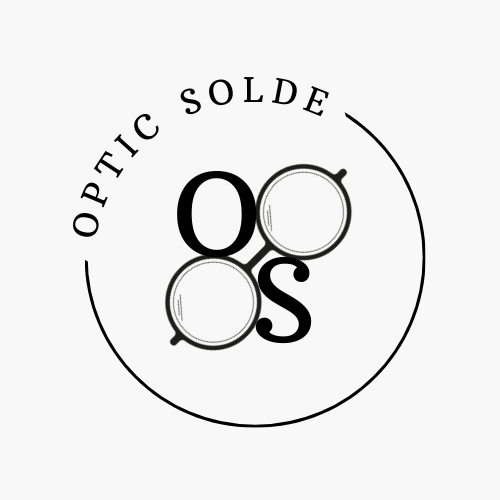The Optimal Glasses for Every Type of Light Setting
When it comes to choosing the perfect pair of glasses, it’s important to consider not only style and functionality but also the specific lighting conditions you’ll be in. Different light settings can greatly affect our vision and comfort level, making it crucial to have the right eyewear for each situation. Whether you’re indoors or outdoors, in low light or bright sunlight, here are some tips on finding the optimal glasses for every type of light setting.
1. Indoor Light Settings
Indoor light settings can vary greatly, from dimly lit rooms to brightly illuminated offices. To ensure optimal vision and eye comfort indoors, consider the following types of glasses:
a) Anti-reflective Glasses: Anti-reflective (AR) coating helps to minimize glare caused by artificial lighting, computer screens, and other reflective surfaces. This coating allows more light to pass through the lenses, reduces eyestrain, and enhances visual clarity.
b) Blue Light-Filtering Glasses: With the increasing use of digital devices, our eyes are exposed to harmful blue light. Blue light-filtering glasses block this high-energy light, helping to reduce eye fatigue, improve sleep patterns, and protect against potential long-term damage.
2. Outdoor Light Settings
When stepping outdoors, the intensity and type of sunlight can significantly impact our vision and eye health. Here are a couple of glasses that work best in different outdoor light settings:
a) Polarized Sunglasses: When it comes to reducing glare and enhancing visual clarity, polarized sunglasses are unrivaled. They are particularly beneficial in high-glare environments like the beach, snow-covered landscapes, or even while driving. Polarized lenses filter out horizontal light waves that cause glare, resulting in improved color perception and reduced eyestrain.
b) Photochromic Lenses: Photochromic lenses, also known as transition lenses, are a fantastic option for those who frequently move between indoor and outdoor environments. These lenses automatically darken in response to UV light, protecting your eyes from harmful rays while providing clear vision. They conveniently adapt to changing light conditions, eliminating the need for swapping between regular glasses and sunglasses.
In addition to the above recommendations, here’s a helpful bullet list summarizing other factors to consider when choosing glasses for various light settings:
– Lens Tint: Select lenses with appropriate tints based on the light conditions you’ll mostly encounter. For instance, yellow or amber tints enhance contrast in low-light conditions, while grey tints maintain true color perception in bright sunlight.
– UV Protection: Ensure that your glasses provide 100% UV protection to shield your eyes from harmful ultraviolet rays, irrespective of the light setting.
– Lens Coating: Different lens coatings serve different purposes. For example, scratch-resistant coatings add durability, while hydrophobic coatings repel water, oil, and dirt, reducing smudges and cleaning requirements.
– Lens Material: Opt for lens materials like polycarbonate or Trivex, which are impact-resistant and offer better protection for outdoor activities than standard plastic lenses.
By understanding the impact of different light settings on our eyes and choosing the right glasses to counteract these effects, we can ensure optimal vision, enhanced comfort, and overall eye health. Keep these guidelines in mind to make an informed choice when it comes to selecting eyewear for every type of light setting.
